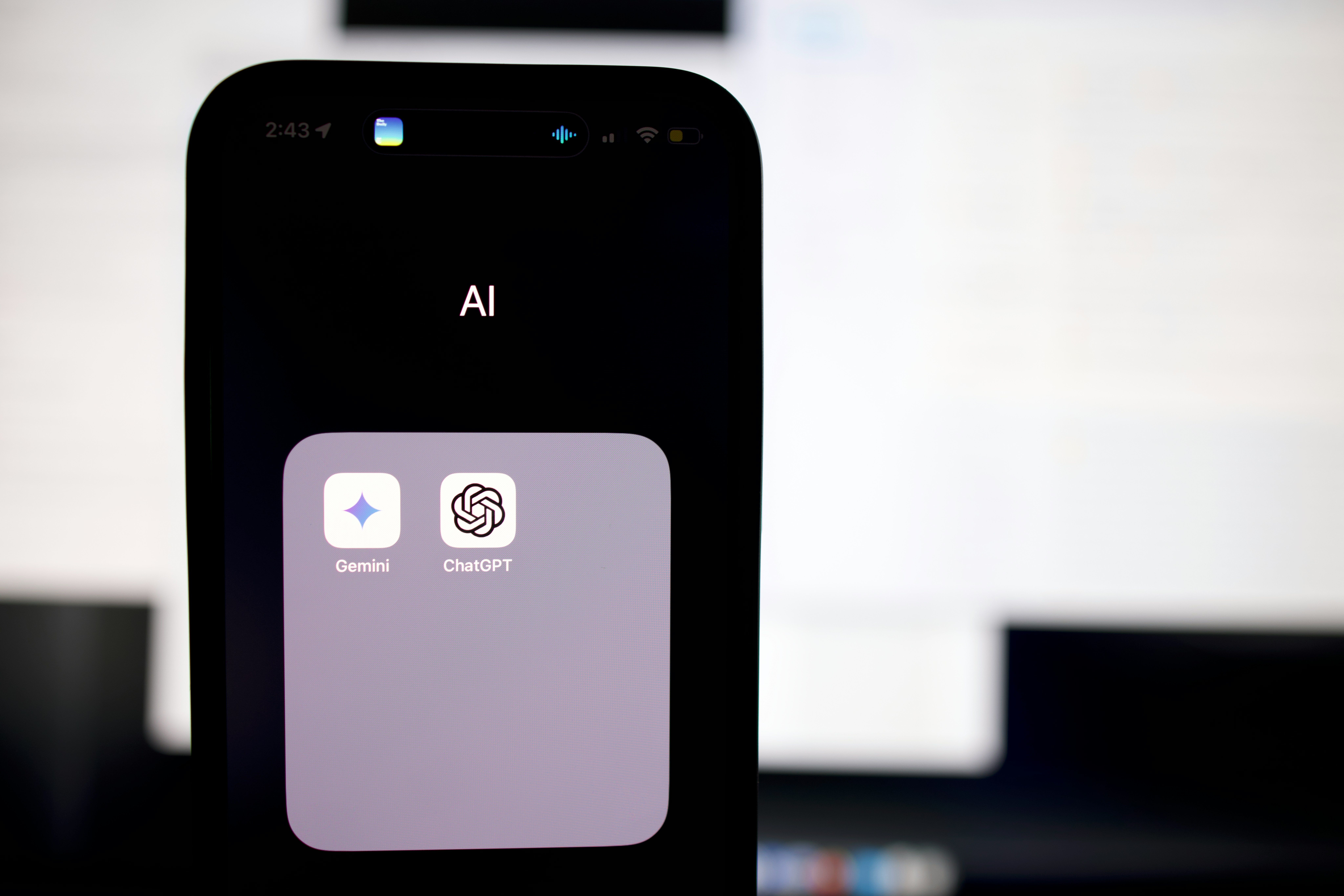Finn is a generative AI platform in the realms of banking customer service and automation. It is a
conversational banking technology agent powered by natural language processing and artificial
intelligence to understand user input and generate pertinent responses. It empowers its users by
helping plan finances, budget expenditure and easily trace transactions. Customer issues are solved with
safe, accurate conversational answers. In this article, we will talk more about Finn, the GenAI banking
chatbot.
The intent for safe, accurate digital self-service experience is customer retention through a seamless
customer and member experience. As an AI-powered chatbot for banks and credit unions, its ‘bot to
bot’ or ‘bot to human’ features deepen user engagement when a live agent is required. These features
are courtesy of Glia, a digital customer service provider with a platform cutting across financial
institutions, insurance companies and fintech providers.
Finn allows its users to live the life they want as this virtual assistant is the personal assistant who knows
your personal life, transactions and can also answer your questions. Replacing the search interface on
the bunq app, Finn gives meaning to data generated by your account’s transactions.
Founded in 2012, bunq reached its unicorn status in 2021 to becoming the second largest European
neobank. Finn uses natural language processing technology (NLP) specializing in banking terms and
conversations. The accuracy of Finn helped cut down on model training faster than a usual bank. The
two primary use cases of Finn are customer care and customer acquisition.
The industry is being reshaped from the once exclusive human creativity domain to techniques
generating human-like experience and responses in real-time. The fintech industry reaps big as they do
not pass fees accrued from maintain branches to customers. This manifests itself in the form of lower
fees, higher interest rates and the convenience of a user transacting from anywhere anytime. This far
more complex chatbot compared to a typical search query uses large language models (LLM) to
interpret and transform user inputs guarantying safe, accurate responses. Depending on our own
memory to track expenditure is strenuous to one’s brain hence the need to have a virtual assistant you
ask ‘how much did I spend on groceries last month’.
Some of the benefits bunq users will experience are;

AI-led inventions facilitate cost reduction and simplified operation
As a financial copilot to a bank user, Finn unlocks 24/7 customer support discouraging fragmented
support solutions. Conversations are kept effortless through either WhatsApp, SMS or intercom
messenger. It also has an automatic customer language detection helping resolve issues in 43 languages
in its region of coverage.
Chatbot speed and execution help users deactivate accounts to resolve anomalies or credit card issues
that require real time urgency.
Customer success
By rephrasing content, Finn allows users to understand it better helping reduce the infinite loops in
conversations. Without much hustle, users can point out spending patterns, set spending limits, decide
the account to pay for an item, and also a new budget tab.
Personalized customer service
The chatbots release comes after a massive brainstorm from data specialists in the past years to help
facilitate scalability. The quality of answers in not eroded by multiple enquiries being run simultaneously
Stays competitive and prevent fraud
Financial technology companies pose a potential disrupt to user data security. To avoid digital banking
plague, customer transactions are monitored in real time. Bank account security guides are available
and users can access them easily.
Automated routine tasks
Manual processing of account transactions robs users time and energy to focus on more complex tasks.
Banking chatbots have the power to transfer money between accounts and also process a scheduled
transaction.
Customer education
The interaction between client transaction history and spending habits is a recipe for customized
financial products. User information helps the chatbot give insights on ways to save on money or tone
down on credit card debt.
Through financial gamification, chatbots take customers through financial games to sensitize on fraud
prevention, security and savings.
Task effectiveness reduces margin of error
Supplementing the chatbot with human attention decreases the margin of error as resolving regular
manual processes with the help of an operator guarantees task effectiveness.
Use of key metrics to measure results
Large language models unlike in manual task processes use key metrics to anticipate adjustments for
efficient decision making. Traditional banks on the other hand monitor progress by compiling results.
Checking balance and alerts
Financial balances are easily confirmed on the chatbot where this solution can effectively be used to
alert users of unauthorized withdrawals.
Money transfer
Other than automating credit card bills, chatbots are a quick way to send or cancel transfers, pay bills
and track real time transactions.
International scalability
Through fintech, businesses can reach vast audiences as global payment is seamlessly facilitated. This
has opened up new opportunities that fuel great returns from revenue in fees charged by neobanks.
Challenges faced by Finn and other AI chatbots
Ethics are an important aspect to consider as conversational agents need to adhere to values and
policies of any parent fintech firm.
Regular and advanced security audits and encryption of data are vital as user data contains sensitive
information. These requires extensive training on extensive datasets to improve language versatility.
Some responses may be deemed harmful and unethical hence infringing on the privacy of the user.
Violation of these regulations taints the image of the brand as ratings affect brand popularity.Dealing with competition
The release of other GenAI business tools from other big banks is on the horizon as the field requires
more intelligent and insightful LLM builds through sifting of big data. To leverage and retain users in its
regional areas, the success will require conducive and supportive regulatory environment, personalized
consumer preference as well as integration of payments between neobanks. This facilitates cross border
payments and transfer of money with respect to currency conversion advantages. Finn’s Innovative
solutions boost neobanks like bunq into offering fintech services that differ from other neobanks.
Customer transaction data is analyzed and used to suggest appropriate products depending on user
preference increasing revenue to the firm. In this manner, the upsell and cross sell technique is
achieved. Sentiment analysis is also easily carried out by monitoring customer opinions to help improve
customer service.
Customer recommendations are targeted based on user preference increasing sales conversions. This
forms the backbone to future marketing strategies.
As Niknam, bunq founder shares the same sentiments that they are reaping the results of adding
machine learning models into years of working with AI. Finn having gotten its name from ChatGPT, is
highly suitable for AI people.
Imagine a real time conversational banking generative AI chatbot with a budget tab to set expenditure
limits, to decide accounts to deposit upon each item purchase and free credit cards. The chatbot can
also tap to pay on the phone for business users and double cash back for people in green team.
Fintech and Ecommerce
Major banks earned their household recognition years ago but, in the tech-savvy generation era,
neobanks have an upper hand as much work can be done using supervised and unsupervised models in
machine learning. The most valuable asset in the industry is data whose power is harnessed better by
neobanks with a background in AI.

Ecommerce companies receive payments from around the globe in simpler and quicker processes
through the revolutionary financial technology. Increasing consumer transactions in the ecommerce
platforms have increased over the years and will continue to increase hence the need for chatbots that
can interpret user input, transform and give human like response.
Transparency in Transactions
Fintech is the most visible aspect of an online transaction as once your account has been linked to a
fintech platform, purchases are executed easily, customer products are available and targeted according
to user preference.
Customer expectations
This appears to be a great driving factor to the innovation of human like conversational banking
chatbots in the industry. It has great influence on banking services modernization hence contributing to
legal systems being replaced by future proof integration in the microservice based banking modules.
Payment innovation
By advancing from traditional systems of payment, businesses do not to budget on transport expenses
as payments have progressed from a cost center to a centralized revenue generating role.
The digital landscape is rapidly changing hence the need for systems that adapt to enhance customer
experience and promote innovation. Legacy systems challenge digital transformation as they can only be
beneficial if connected with modern applications for integrated operation.
In the near future we are going witness the release of GenAI chatbots features as increased use of
generative AI augmented reality, virtual reality, improved emotional intelligence as well improved
multitasking abilities.
Finn AI is streamlining finances in several US banks as it spreads its wings with the growing demand.
Being in the middle between banks and credit unions, teams monitor and ensure that the customer
does not receive a wrong answer. Having invested a lot in recruiting data specialist to sift through the
massive datasets previously collected.





